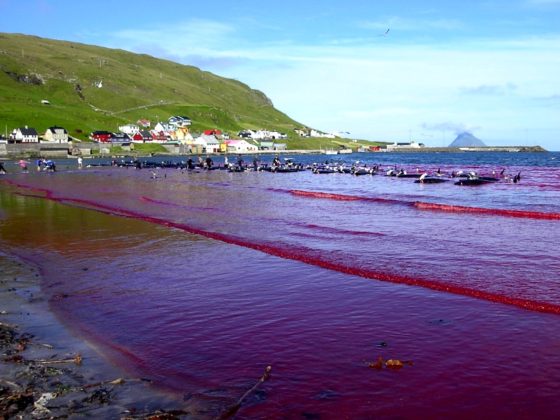Around May, my wife and I received an invitation to travel to the Faroe Islands. We had long wanted to visit the Islands — not only for the landscapes, bird cliffs and waterfalls, but also to understand the truth about the Grindadrap, the controversial Faroese whale hunt, and how it is perceived by the local population.
Sure enough, as soon as we announced our trip on social media, we started receiving all kinds of hate messages. Some of our readers claimed that just by visiting the Faroes, we’d be betraying ecotourism principles. I considered canceling the trip for some time — images of the hunt are published every year by media all over the world, and admittedly, they look cruel and shocking.
